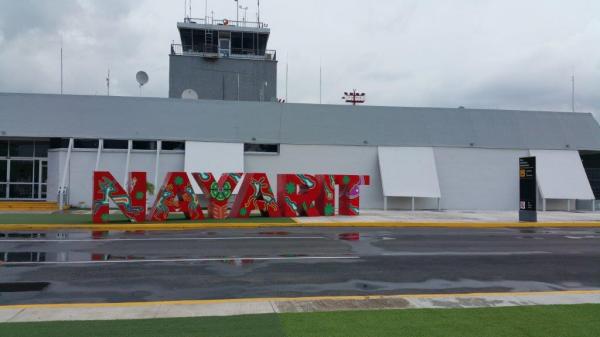Tepic International Airport expands

TEPIC, NAY - Grupo Aeroportuario Turístico Mexicano (GATM) revealed its plans for the transformation of Tepic International Airport, which will be ready by the end of 2024, said Alejandro Muñoz de Cote, Commercial Director of the group.
In an interview with A21, during the Tianguis Turístico, the director stated that this renovation will allow the airport to receive 4 million domestic and international passengers, a figure above the 250,000 passengers it currently receives.
The renovation will include the construction of a new terminal building and a commercial platform with five positions, as well as an expansion of the runway to 3.1 kilometers, which will allow the operation of any commercial aircraft available in the market.
"We are investing US$249 million. With this amount we are building a new commercial platform that will have five positions, a completely new control tower, one of the most equipped and tallest in the country at 42 meters high, as well as a completely new terminal building," said Muñoz de Cote.
In addition, the executive explained the extension of the runway by 800 meters to 3 kilometers 100 meters, which will allow the operation of any commercial aircraft, from an ATR to an Airbus A380.
"Currently, routes are being shortened due to the cost of turbosine, for this reason the airport will firstly focus on domestic routes and later on international routes, including those to Europe," he said.
Muñoz de Cote also pointed out that they are currently in negotiations with 19 airlines and that he hopes in the coming months to be able to have an airport with international routes.
"We are beginning negotiations with airlines from Canada and the United States, such as American Airlines, United Airlines, Alaska Airlines, Air Canada, Aeromexico, Volaris, Mexicana and other airlines with which we have sat down to present the project," he said.
GATM is a public-private company, created in partnership with Aeropuertos Mexicanos (AME) and ASA (Aeropuertos y Servicios Auxiliares), which develops and operates airport infrastructure.





